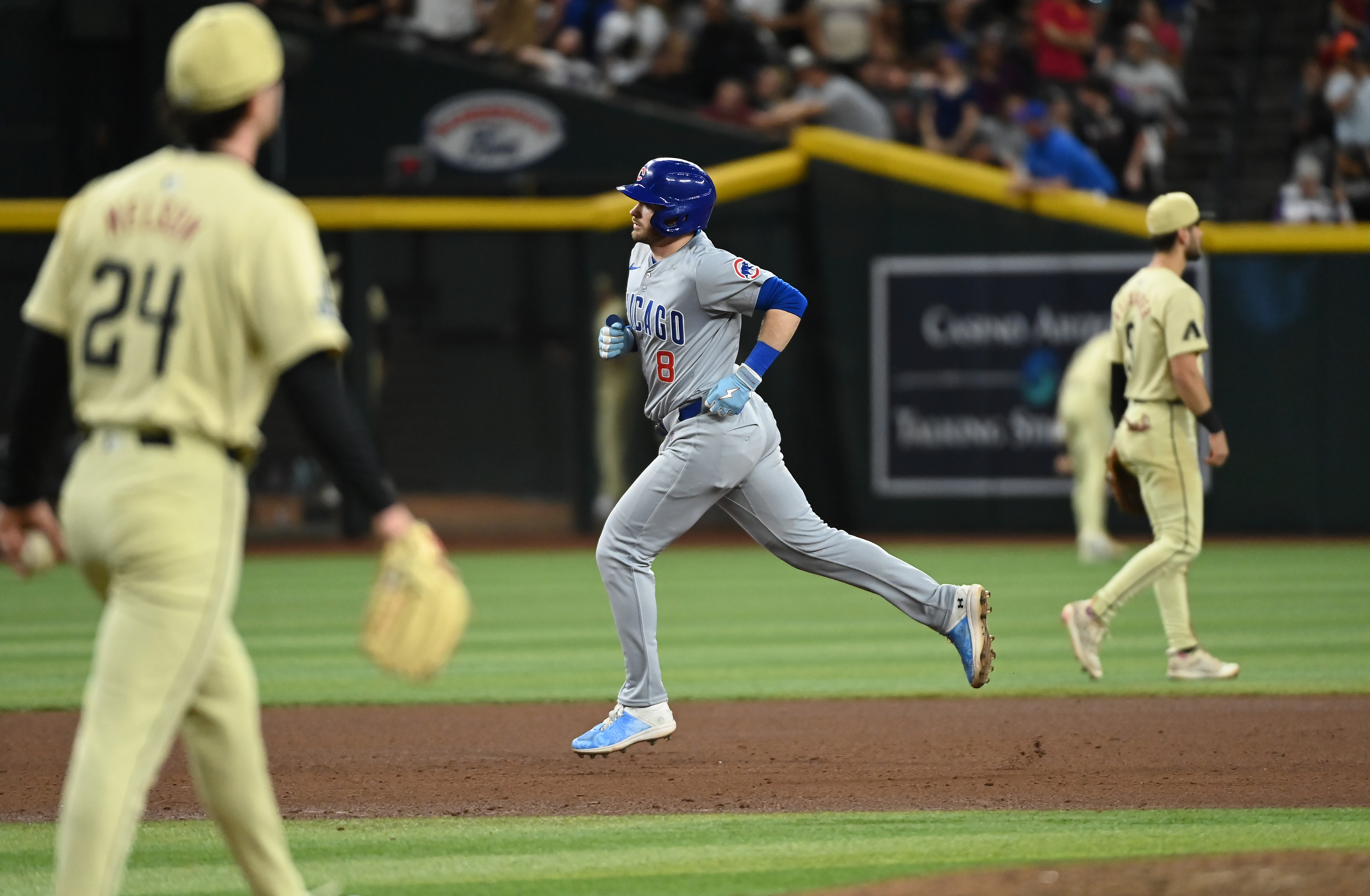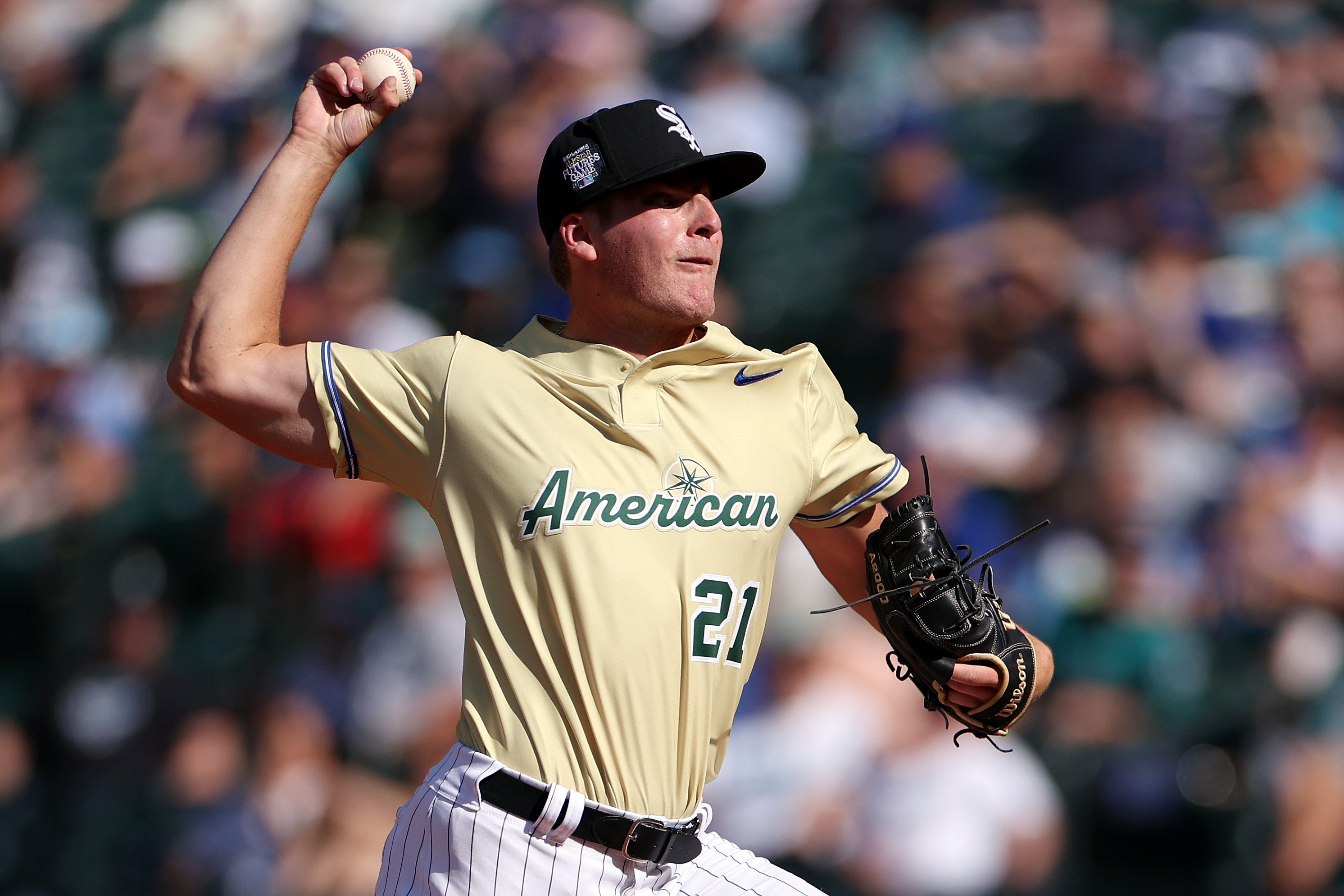Defensive shifts have become commonplace in Major League Baseball in recent seasons, but the league is at least discussing limiting their frequency.
MLB commissioner Rob Manfred joined the Dan Patrick Show on Friday and said among other potential rule changes, the league’s competition committee has discussed curbing the shift.
“A lot of people feel that the extreme shifting that you’re talking about has changed the game in ways that are not positive, and it remains a really hot topic in terms of conversations within that committee,” Manfred told Patrick. “I expect more to follow on that one.”
Stay in the game with the latest updates on your beloved Chicago sports teams! Sign up here for our All Access Daily newsletter.
The percentage of shifts deployed league-wide has spiked in recent seasons, the highest coming in 2020 (dating back to 2016). The number of plate appearances with a shift on this season jumped more than 20 percent from 2016, doubling from even just two seasons ago. Teams shifted more in the 60-game 2020 season than 2017.
A shift is defined as when three infielders are on the same side of second base. From Baseball Savant:
2020: PA: 66,163 | Shifts: 22,560 | Shift %: 34.1
2019: PA: 184,792 | Shifts: 47,254 | Shift %: 25.6
MLB
2018: PA: 183,358 | Shifts: 31,908 | Shift %: 17.4
2017: PA: 183,404 | Shifts: 22,186 | Shift %: 12.1
2016: PA: 180,397 | Shifts: 24,686 | Shift %: 13.7
Over that same span, left-handed hitters have seen a higher percentage of shifts than righties. And according to one statistic, lefties have produced less than righties against the shift — teams commonly position an infielder in shallow right field against them.
2020: LHH Shift %: 50.8; .310 wOBA | RHH Shift %: 21.7; .335 wOBA
2019: LHH Shift %: 41.9; .327 wOBA | RHH Shift %: 14.3; .352 wOBA
2018: LHH Shift %: 29.6; .317 wOBA | RHH Shift %: 8.9; .344 wOBA
2017: LHH Shift %: 22.1; .333 wOBA | RHH Shift %: 5.2; .366 wOBA
2016: LHH Shift %: 24.2; .329 wOBA | RHH Shift %: 6.3; .362 wOBA
*Per FanGraphs, wOBA is a catch-all statistic that credits hitters for the value of their plate appearance’s outcome, rather than treating all hits/times on base equally.
The advance in shifting has created a lack of action in the game, as they cut down the number of base hits and therefore baserunners. There’s more emphasis on putting the ball in the air or going the other way, which relates to MLB’s three true outcomes problem.
The percentage of plate appearances league-wide to end with a strikeout, walk or home run has increased from 32.33 percent in 2016 to 36.06 in 2020.
“I think there is a widespread consensus in the game that we’ve become too dependent on walks, strikeouts and home runs,” Manfred said. “I think people within the ownership ranks want to see more traditional action in the game and there’s a lot of conversation going on about how you motivate players to play the game in that way.”
Shifting is ultimately a smart strategy and far from new, famously including Cleveland player-manager Lou Boudreau shifting against Red Sox Hall of Famer Ted Williams in the 1940s. There’s also no telling whether limiting it will produce the desired results.
“It’s very hard to legislate action with a rule,” Manfred said. “What you’re really doing is you’re changing the rules in a way that creates incentives for some of the greatest athletes in the world to change the way they’re playing. That’s a very complicated task.”


